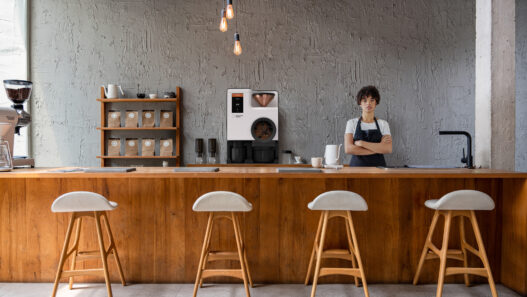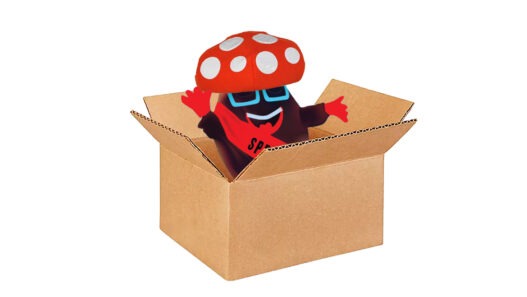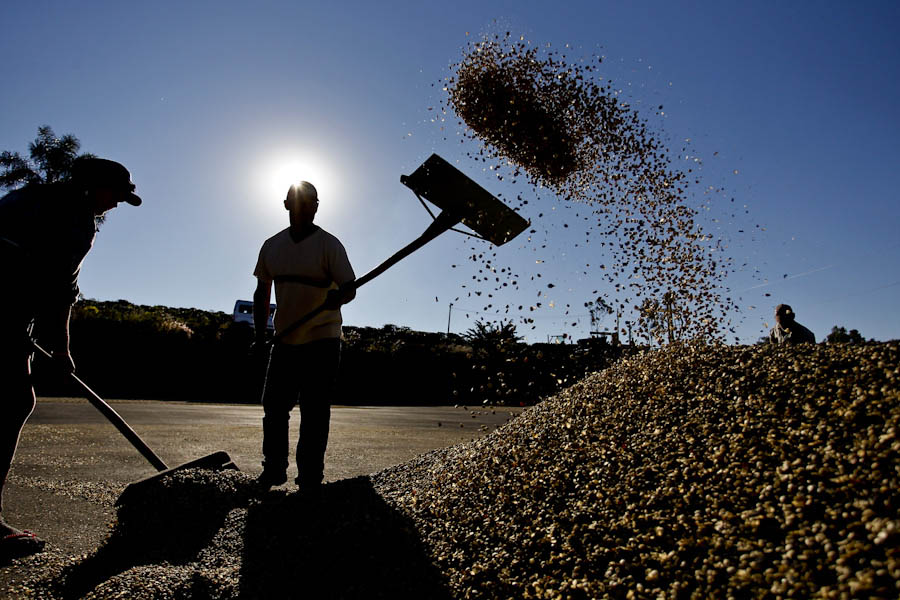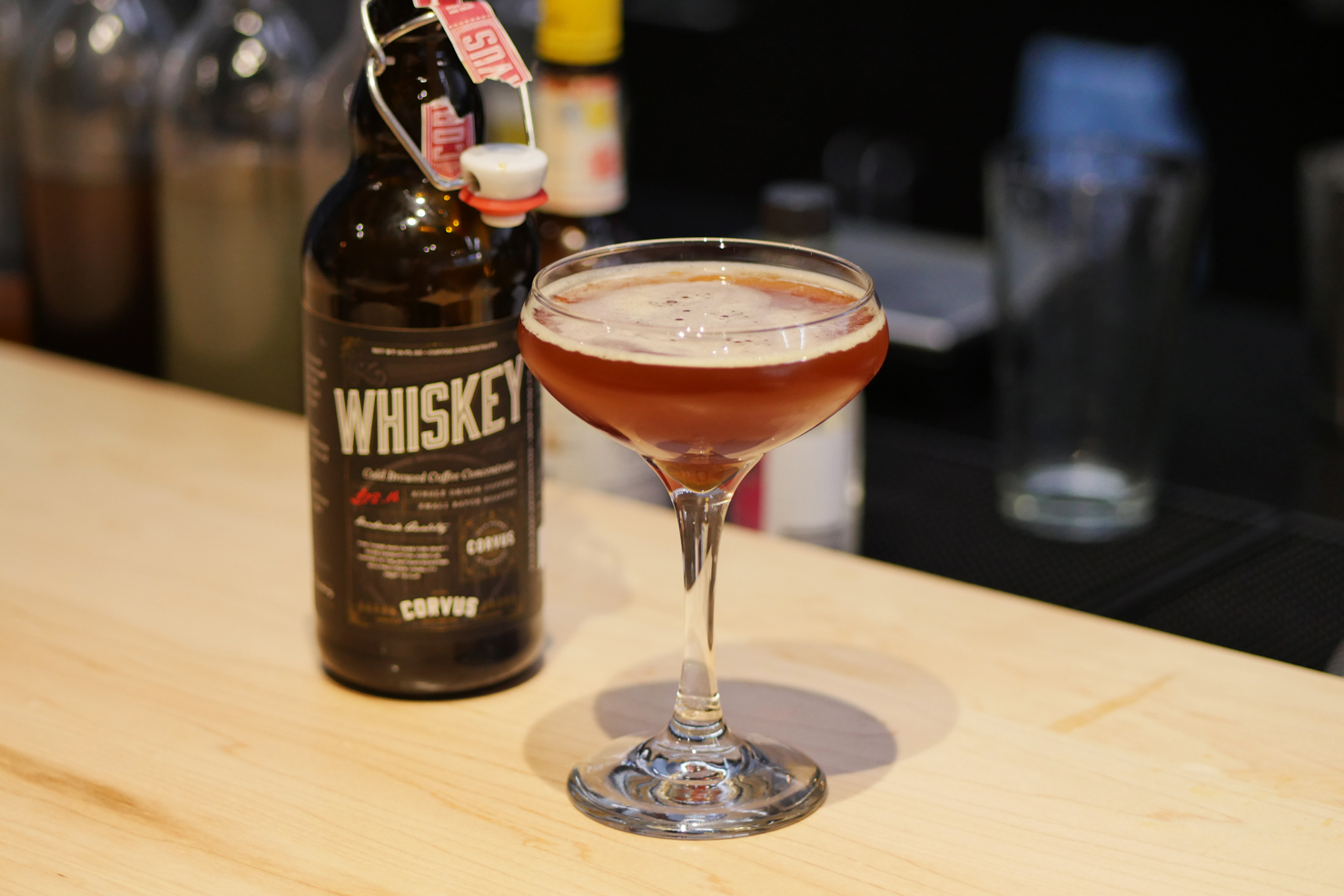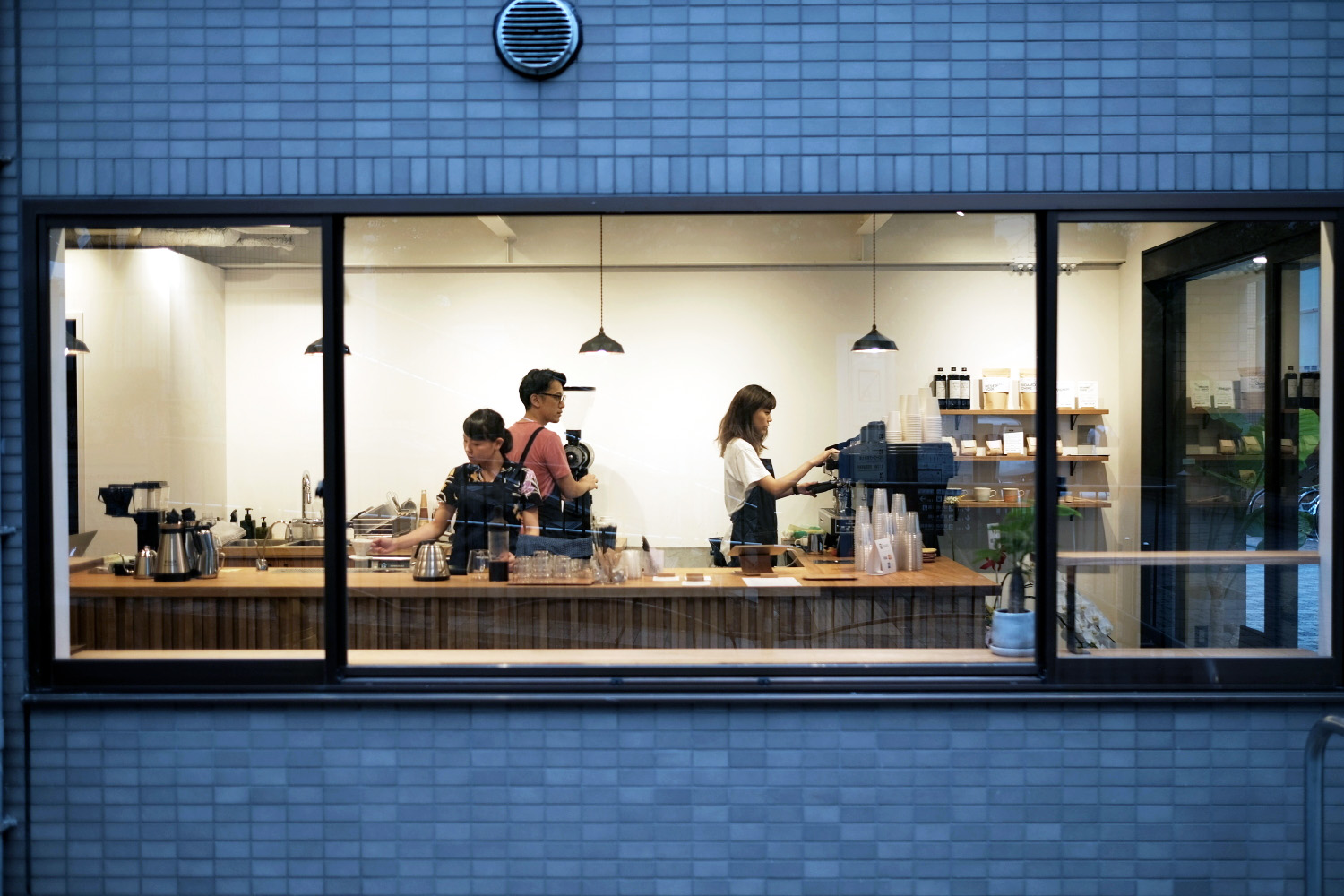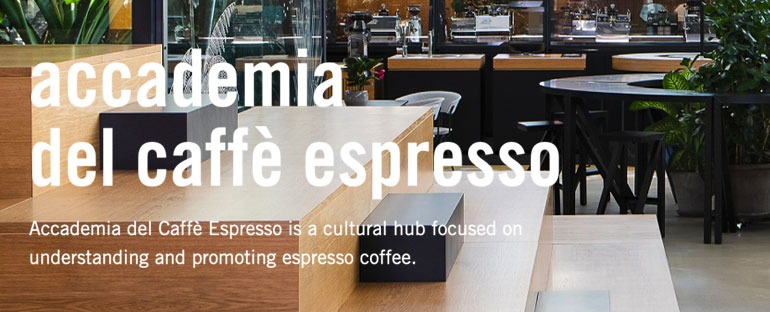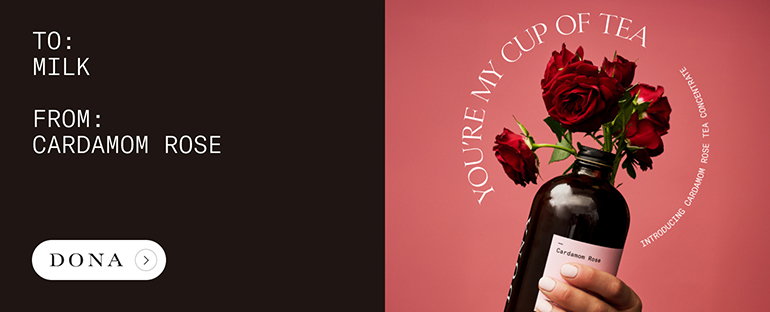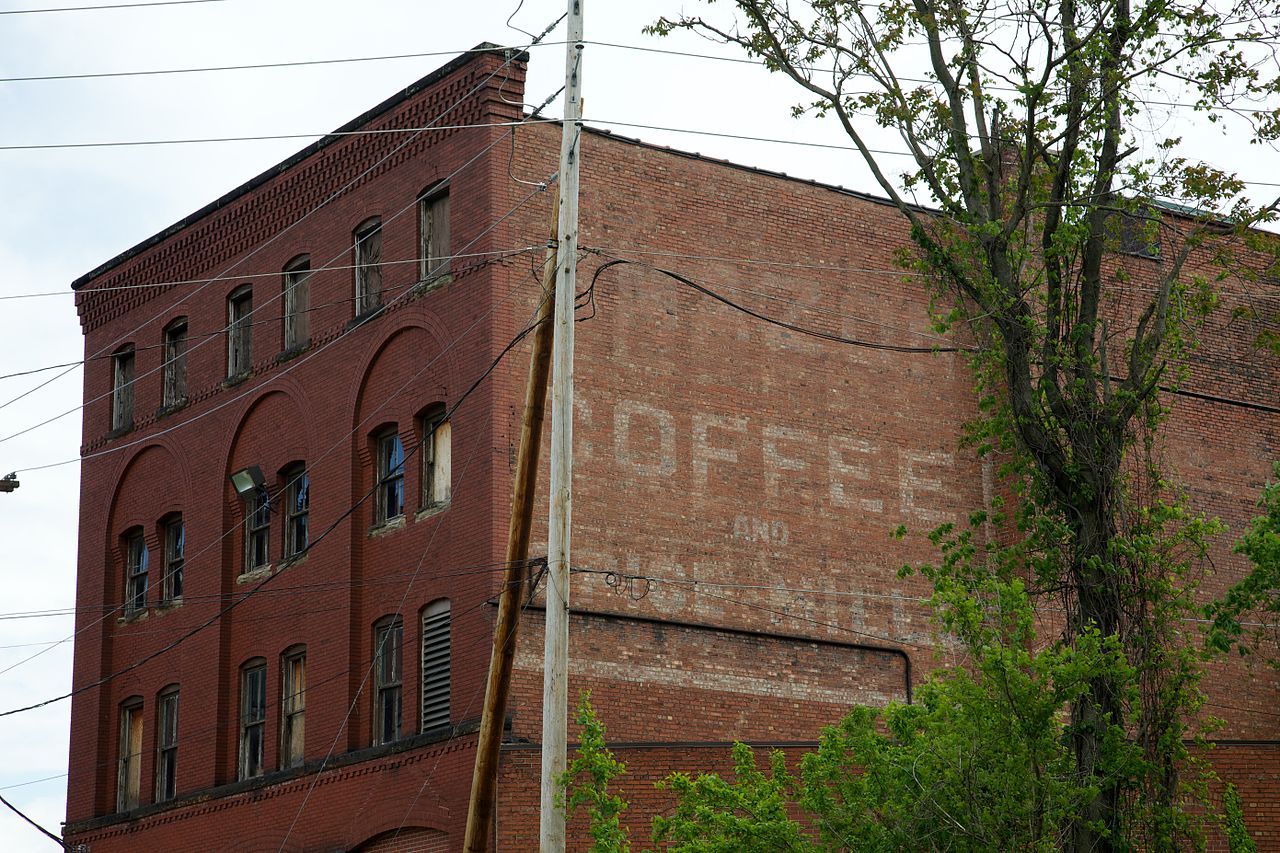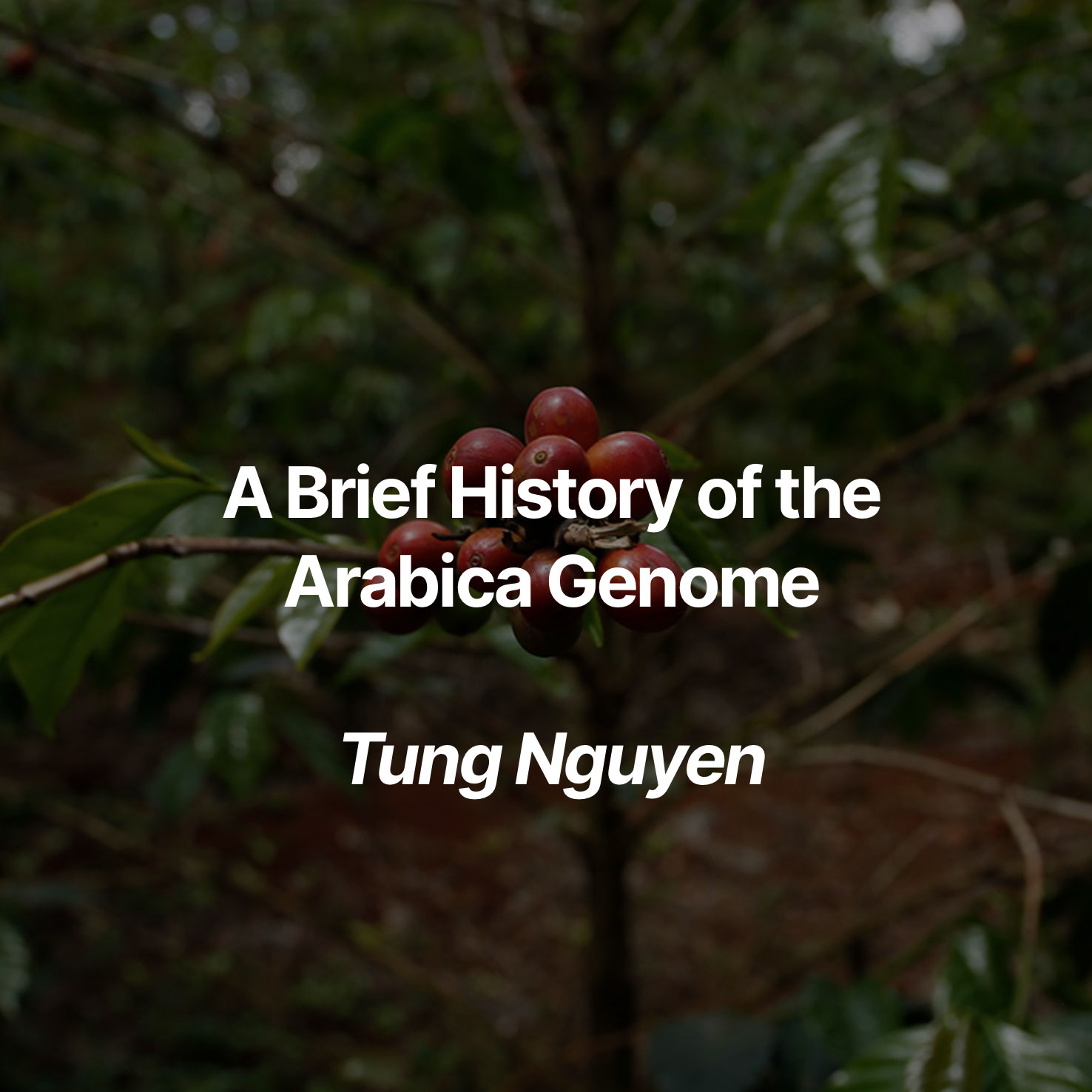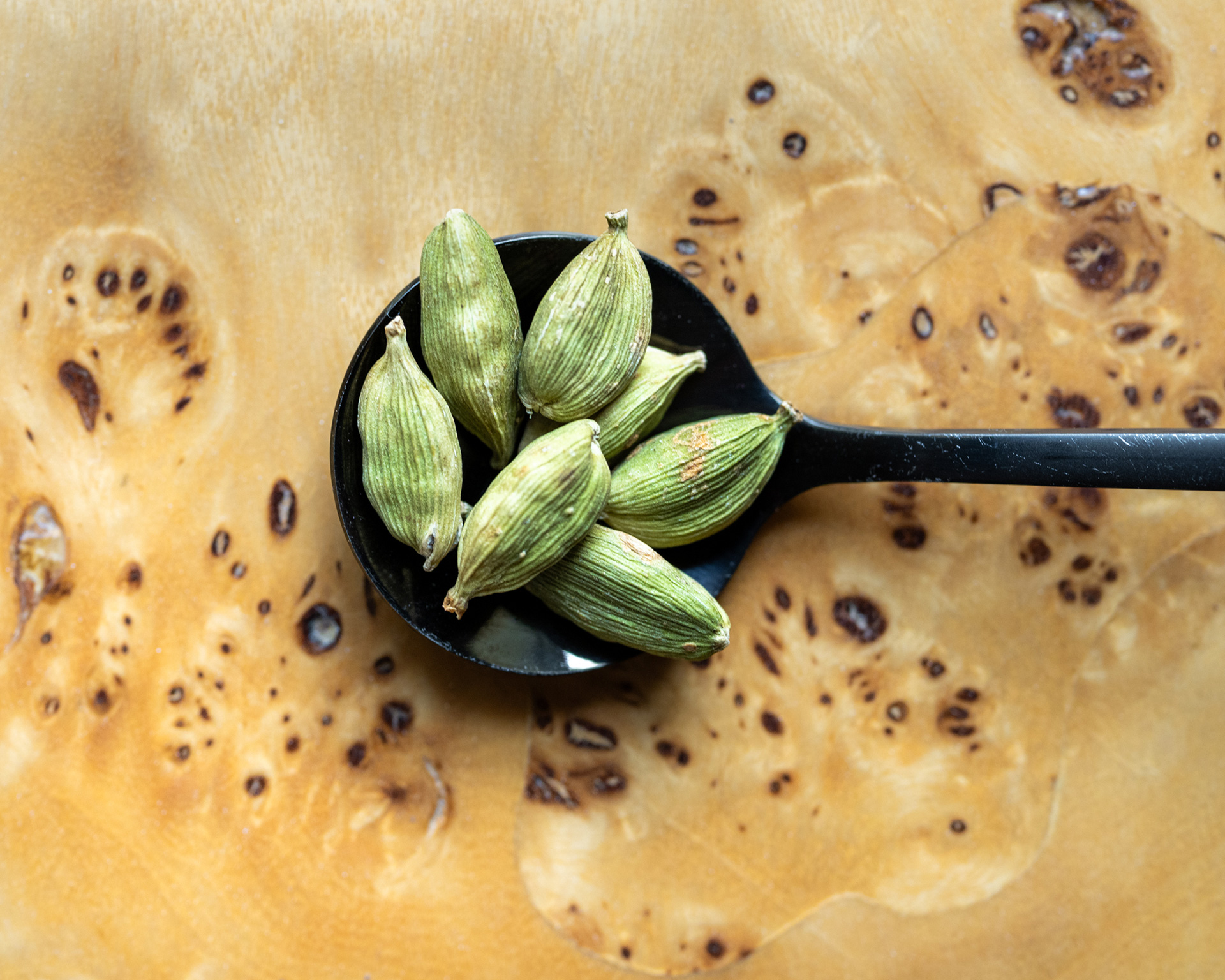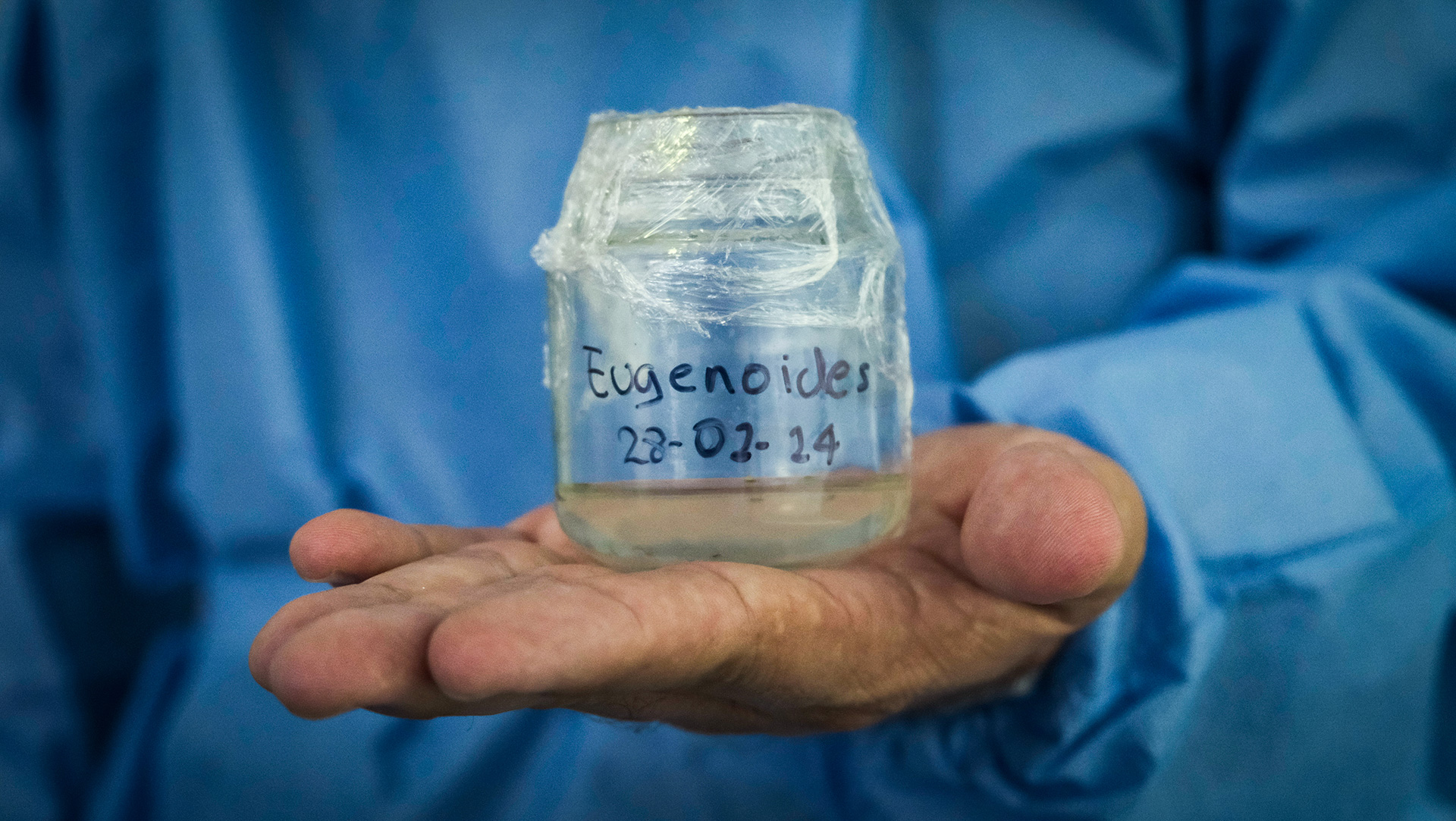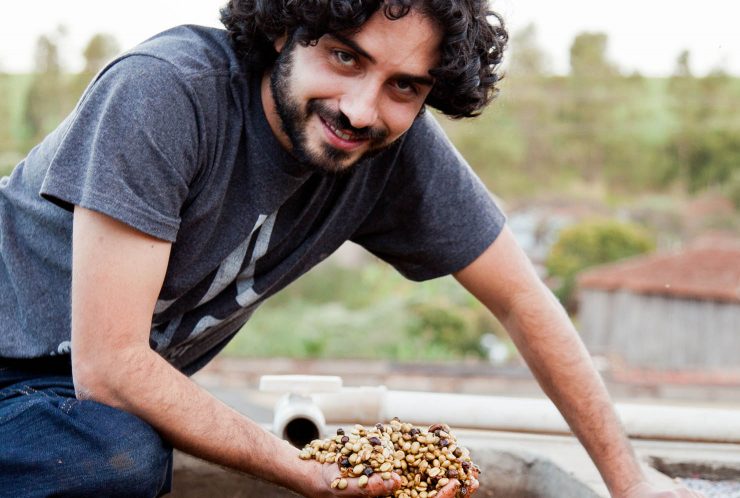
For a long time, the idea of a good cup of coffee has been synonymous with beans just arrived from the farm, roasted during the last few days, and ground right before preparation. In the coffee market, freshness has always been essential to good beverages. But now, in a nation itself synonymous with coffee, the aphorism that preaches “the fresher the better” is being questioned.
One of the questioners is Brazilian farmer Mariano Martins, founder of Martins Café. He has been experimenting with fermentation since 2006, when he quit his job at a bank to dedicate himself to his family’s coffee farm Fazenda Margarida, in the interior state of São Paulo. The techniques evolved as a way to face the excess of humidity in his area—rains are constant in the region of São Manuel city, where his family’s crops are planted.
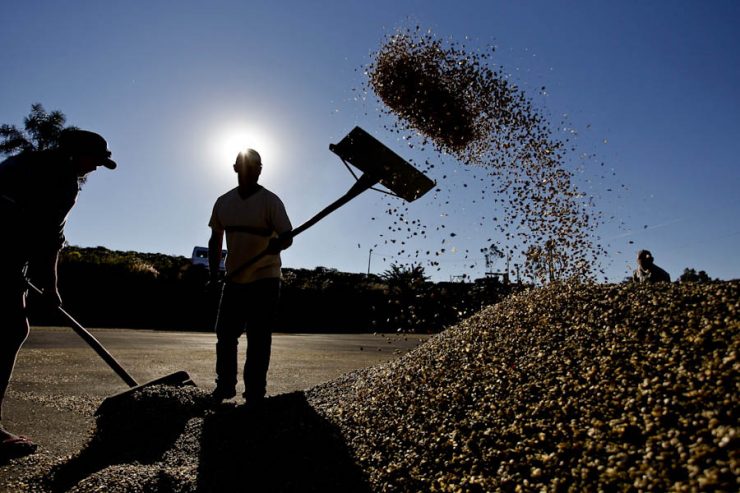
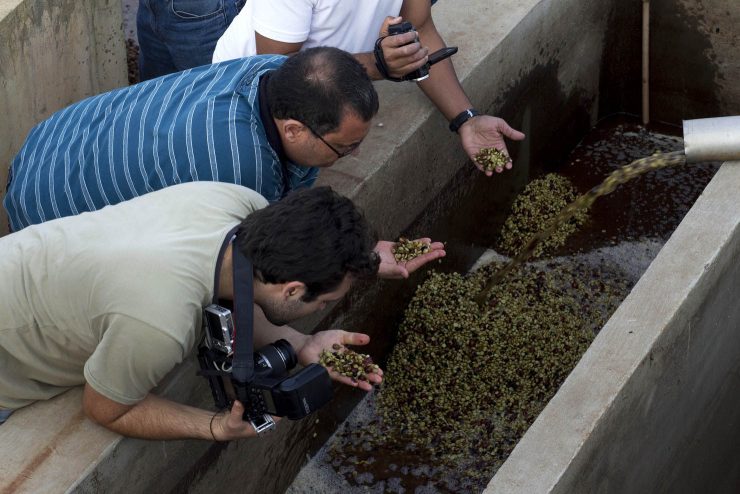
In the last decade, Martins has learned to dominate the world of microbial yeast and bacteria. His journey began with a visit to farms in the Huila region of Colombia to understand how their farmers could produce good coffee in harvest conditions even more humid than the ones he usually had in Brazil. And today, Martins employs both a biologist and a chemistry engineer in his studies at the farm. After extensive analysis, together they came up with an interesting fact: many beans submitted to fermentation processes could benefit from long-term aging—even after roasting.
The microorganisms used in the fermentation processes (specific wild yeasts and bacteria that they isolated after many trials) can prevent the beans from oxidizing over time, Martins explains. “In the lab we built in the farm, we could create an environment 90% isolated, which allowed us to test the more resistant varieties,” he says. Even three months later, according to their tests, the beans keep developing sensory notes that they couldn’t before.
Martins is now releasing small batches of fermented, aged Yellow Bourbon coffee to the market to prove his point, so customers can literally taste his theory. The small, psychedelic-looking tins with roasted beans (250 grams, around US$12) can be kept for at least two months on customers’ shelves to reach their peak, according to the producer.
Called “Ketônico” (in reference to the ketone compounds found in the beans after fermentation processes), this coffee can be gritty, slightly soft, and very astringent before aging. “It’s quite a shy guy, who takes some time to let itself loose,” Martins says.
This is attributed to the tannins retained in the coffee beans, which were macerated and fermented for 72 hours with the coffee fruit, where the tannins are present—as with grapes. Through the aging process, the coffee evolves and becomes more round and soft, and one can even taste more complex notes—and secondary and even tertiary ones, says Martins. The process, he explains, is really similar to wine, which passes through maturation and aging processes to become more pleasant to the palate.
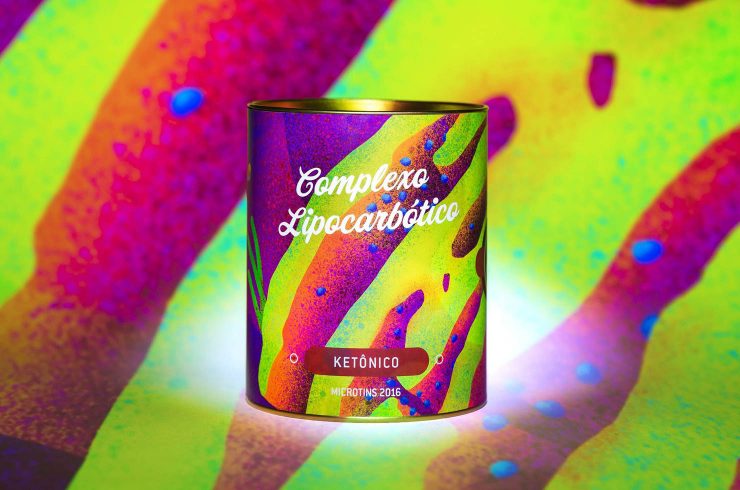
“By having the aromas of ketones, which are more stable molecules, [the flavor profile] starts lightly with caramel, but if you [age] it, the reactions of these molecules with the air will evolve, generating aromas of tutti frutti and even dehydrated bananas,” Martins continues. Ketônico has a slightly emollient but sweet body and a light acidity—a mixture of citric and lactic acid.
“I am really excited to test all the limits of tannins in coffee production,” Martins says. “On a 0 to 100 scale, I would say we got 20 with this coffee. We know there are many boundaries we can bypass,” he says. Martins is now conducting seven experiments with coffee tannins. “I believe in the near future we farmers will be able to store our coffee to sell even when the harvest goes bad, for a longer time. And in the future, who knows, we could taste coffee by harvests, like we do for wines,” he points out.
This future may not be so far away, one might say. The market seems to be increasingly aware of the possibilities of aged coffee. Nespresso has just released its Vintage 2014 limited edition, made with freshly harvested Arabica beans from the Colombian Highlands in 2014 and then stored for three years under controlled conditions in a storehouse at more than 3,700 meters altitude to create a new sensory experience. According to the company, the aging process not only gives the coffee a greater density and intensifies its aromas, but also allows for a more acidic, full-bodied coffee.
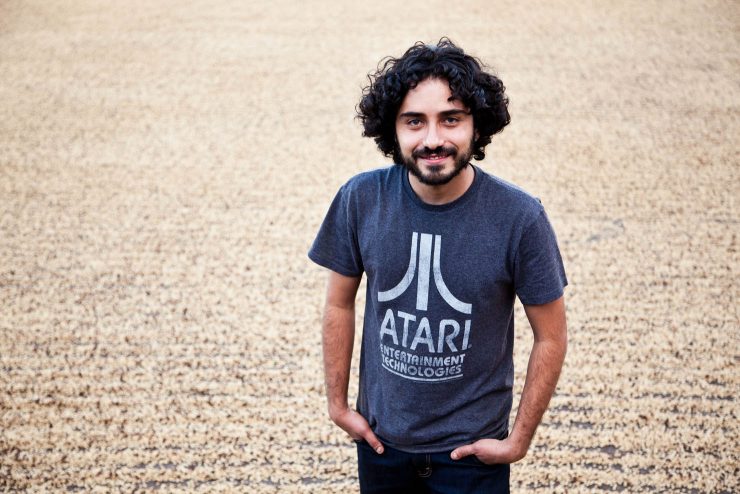
“We are finding out that it is possible to go beyond the concept of freshness related to coffee,” says Martins. “Of course, we will still look for the freshest beans to prepare an espresso, for instance. But for all other methods, we can go further in search of more complex notes that go far beyond the standards,” he continues.
“In five years, we will probably have the chance to taste the different notes from a coffee harvested in my farm in 2016, 2017, and 2018,” says the farmer. “I believe we will soon drink coffee as we drink wine or even some teas—and this will take all the market to a higher level.”
Rafael Tonon is a freelance journalist based in Brazil. This is Rafael Tonon’s first feature for Sprudge.









